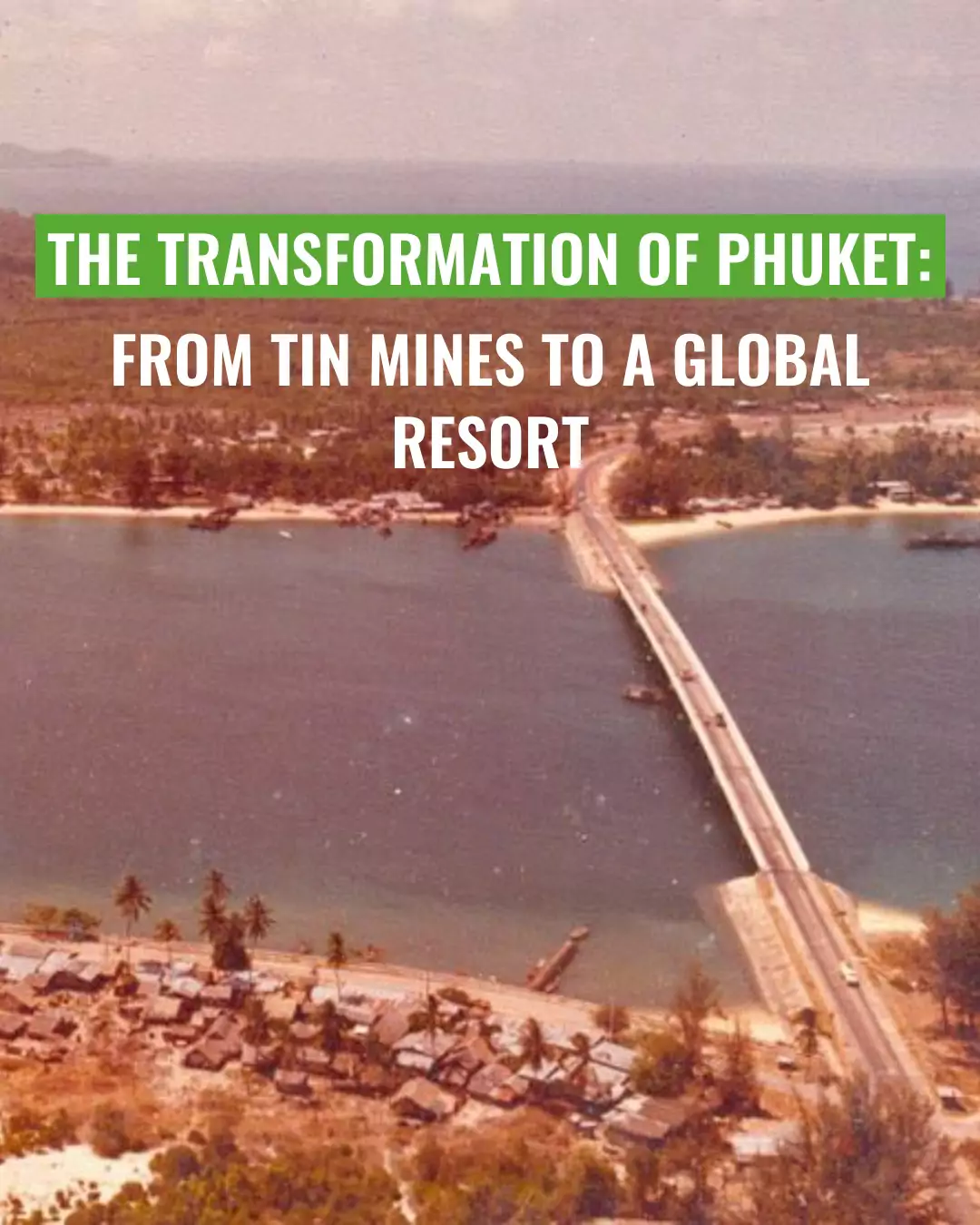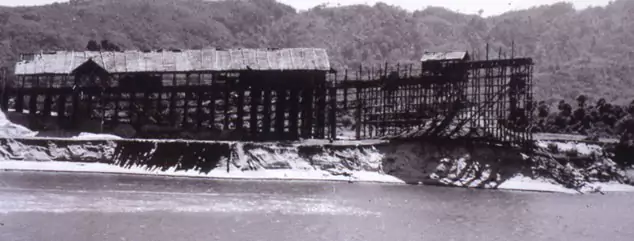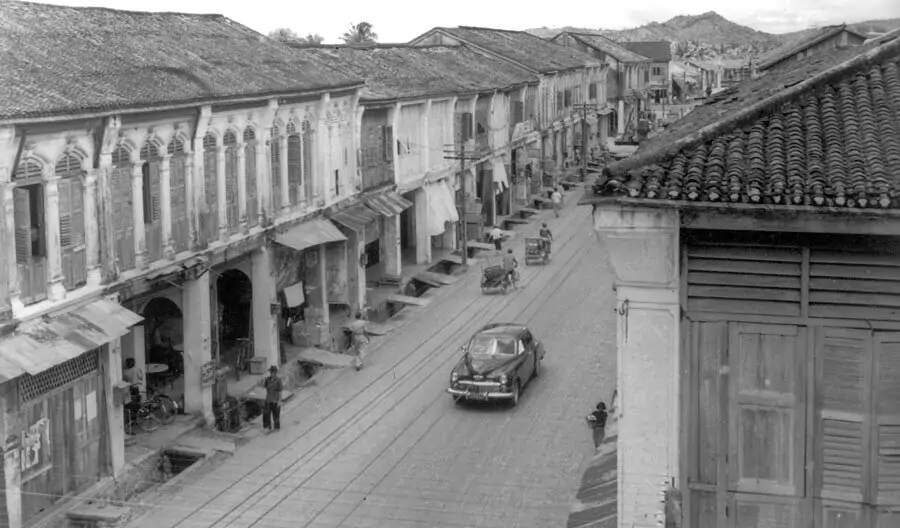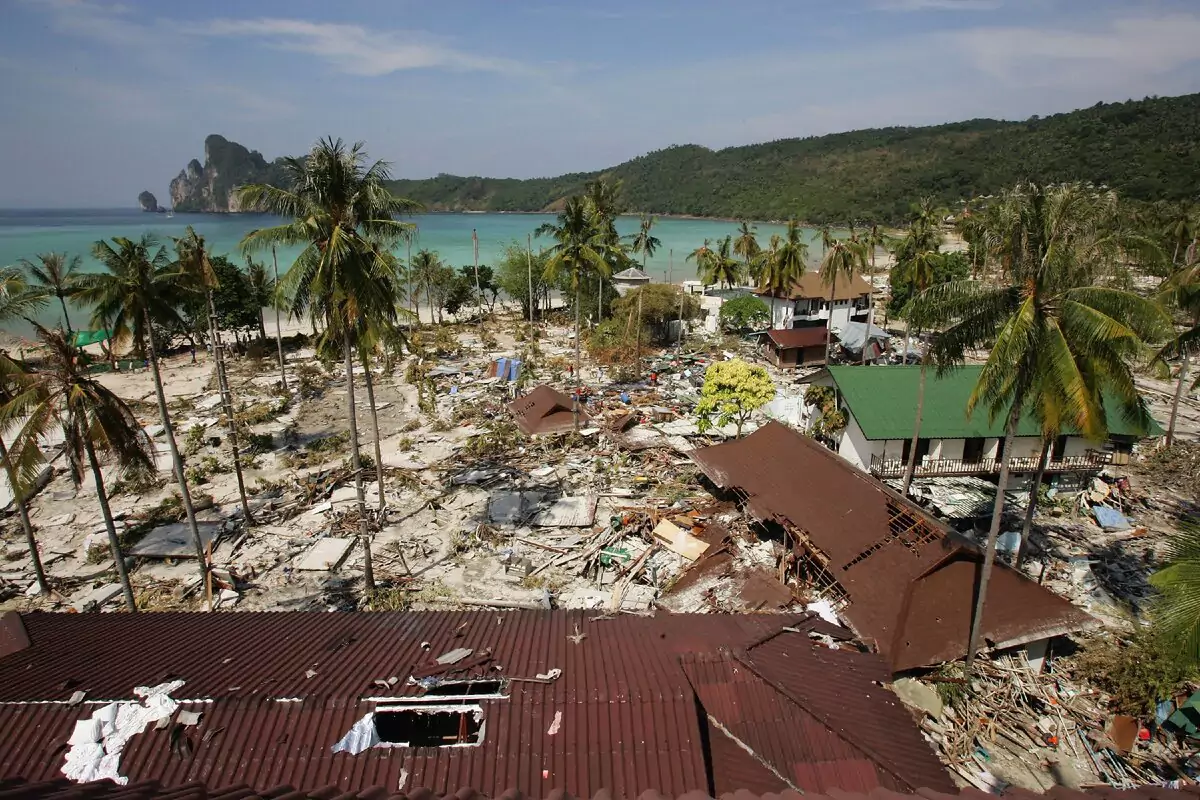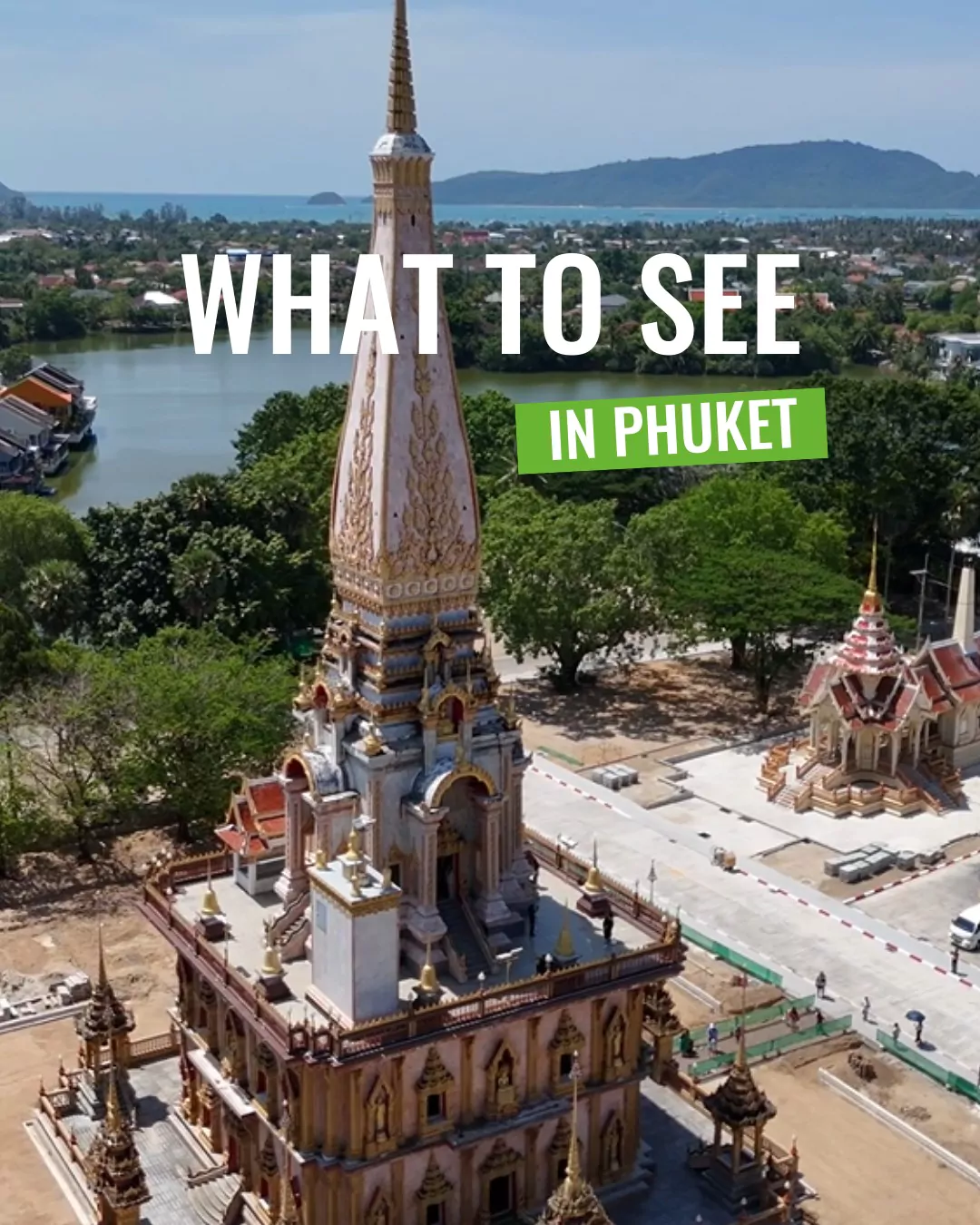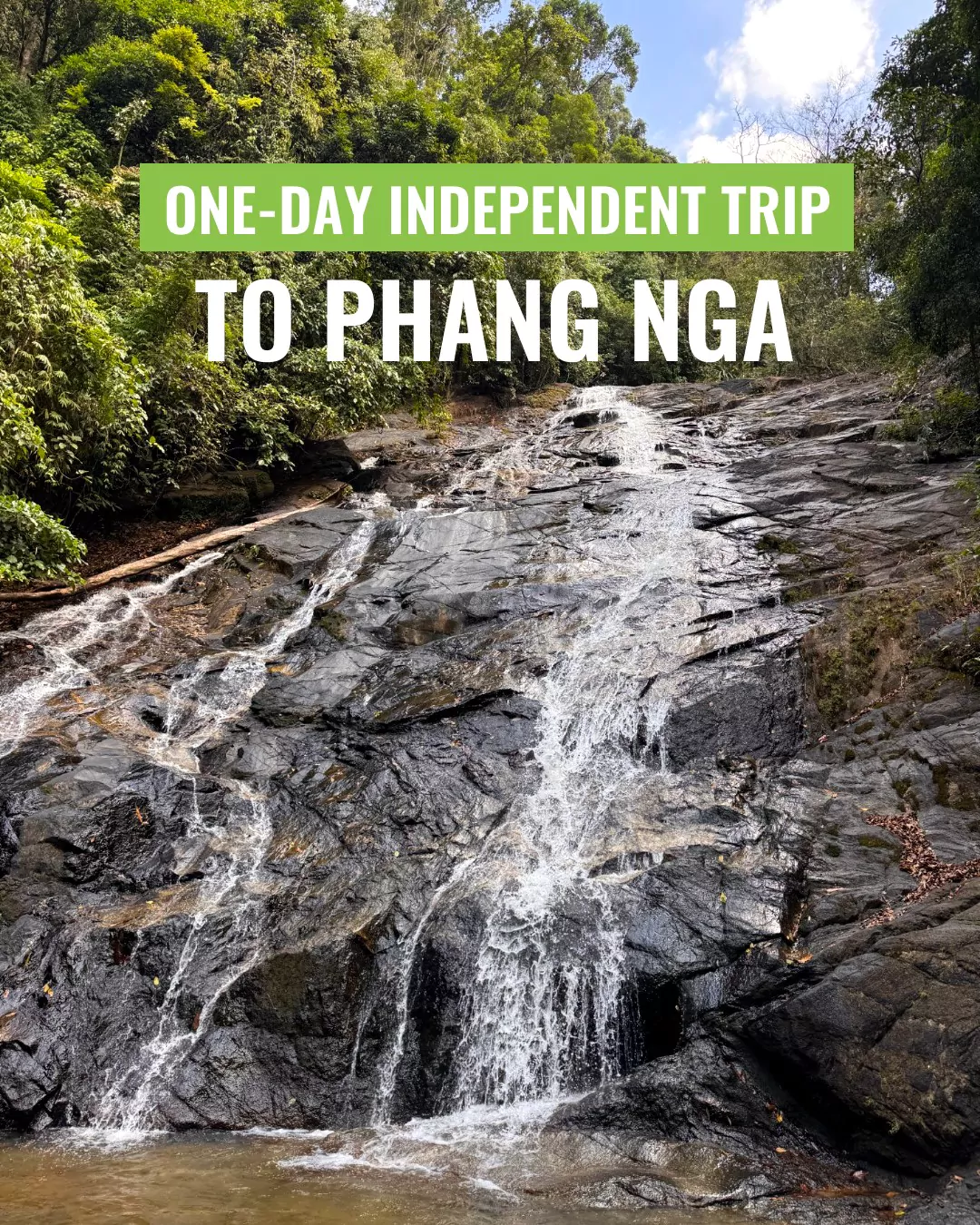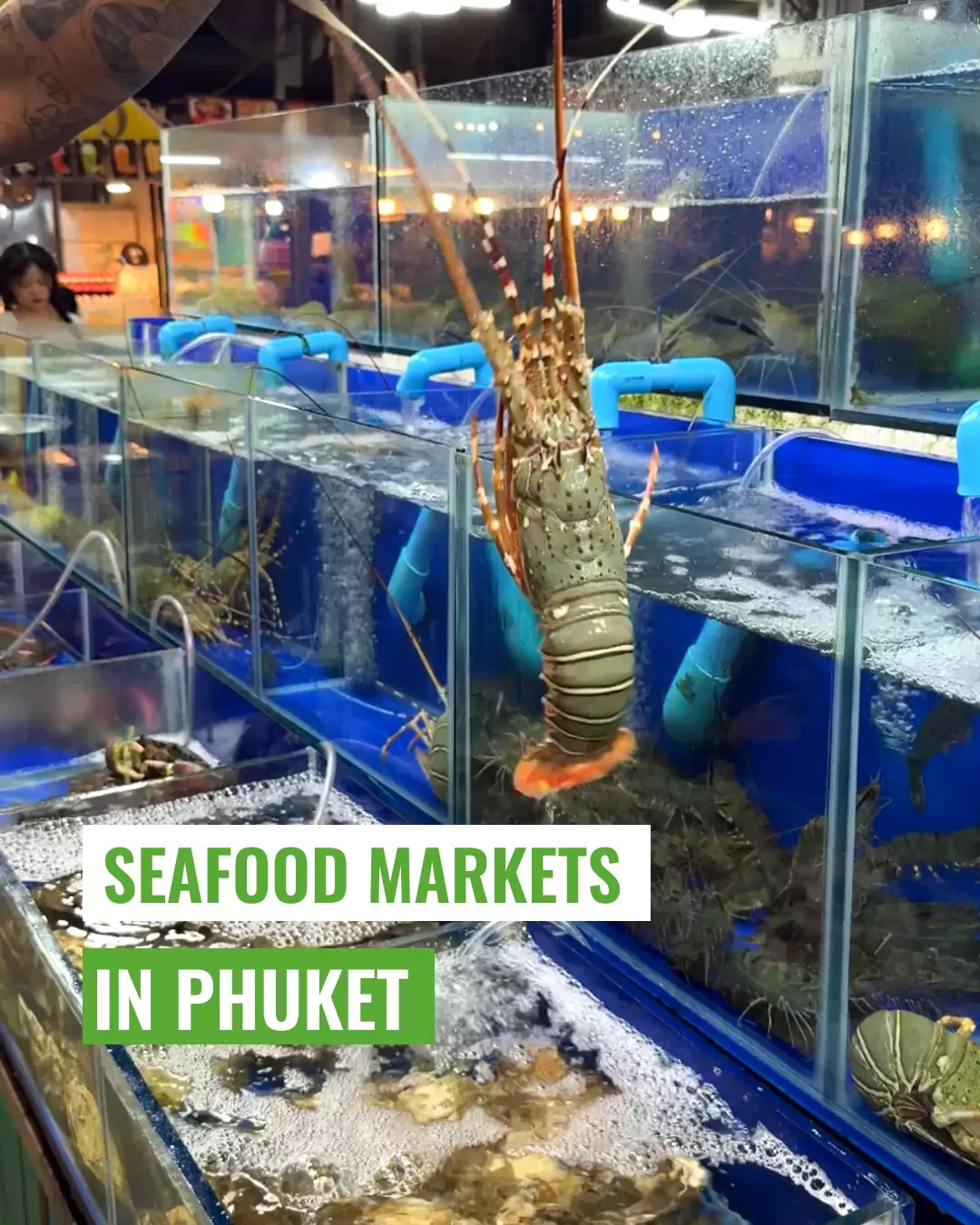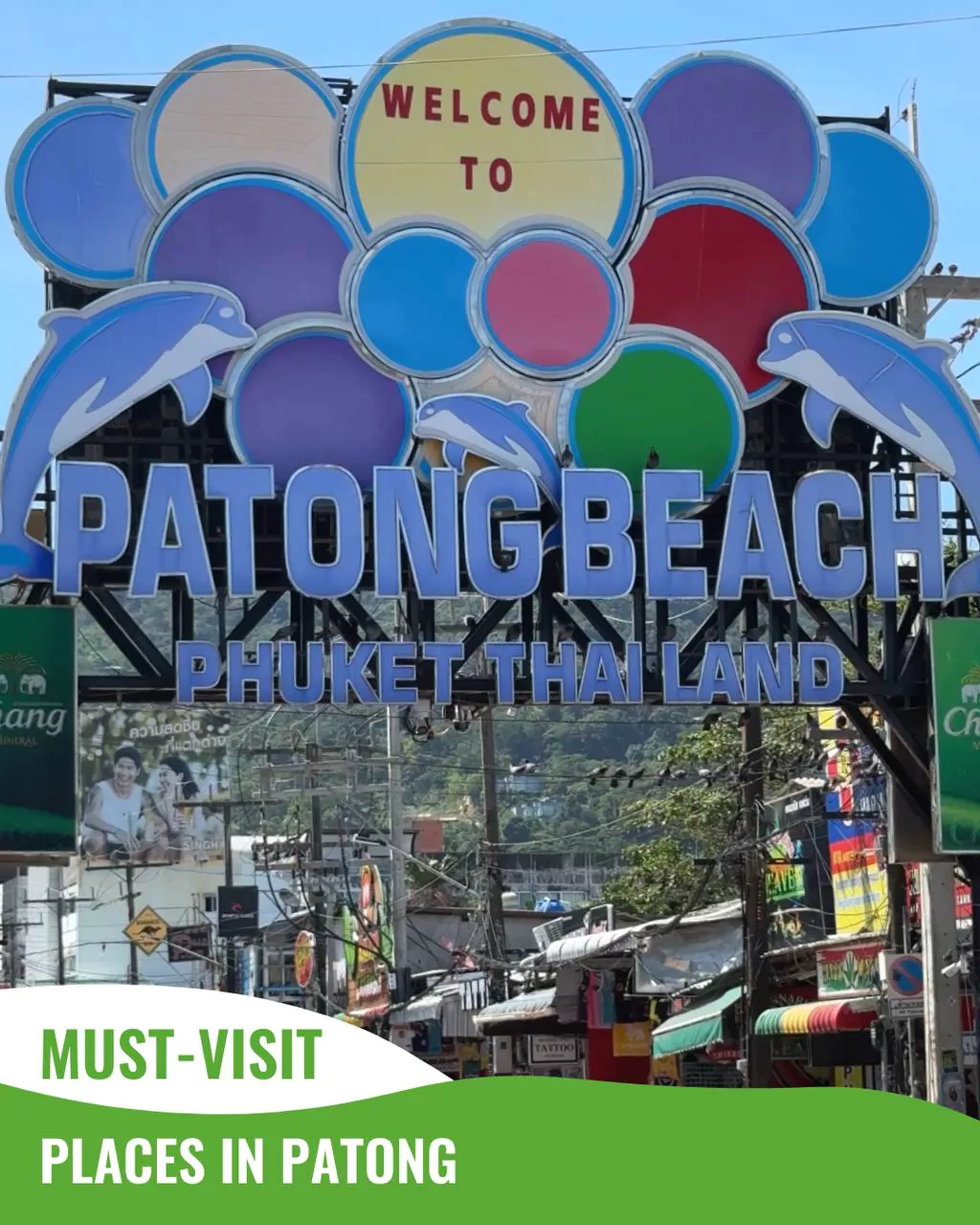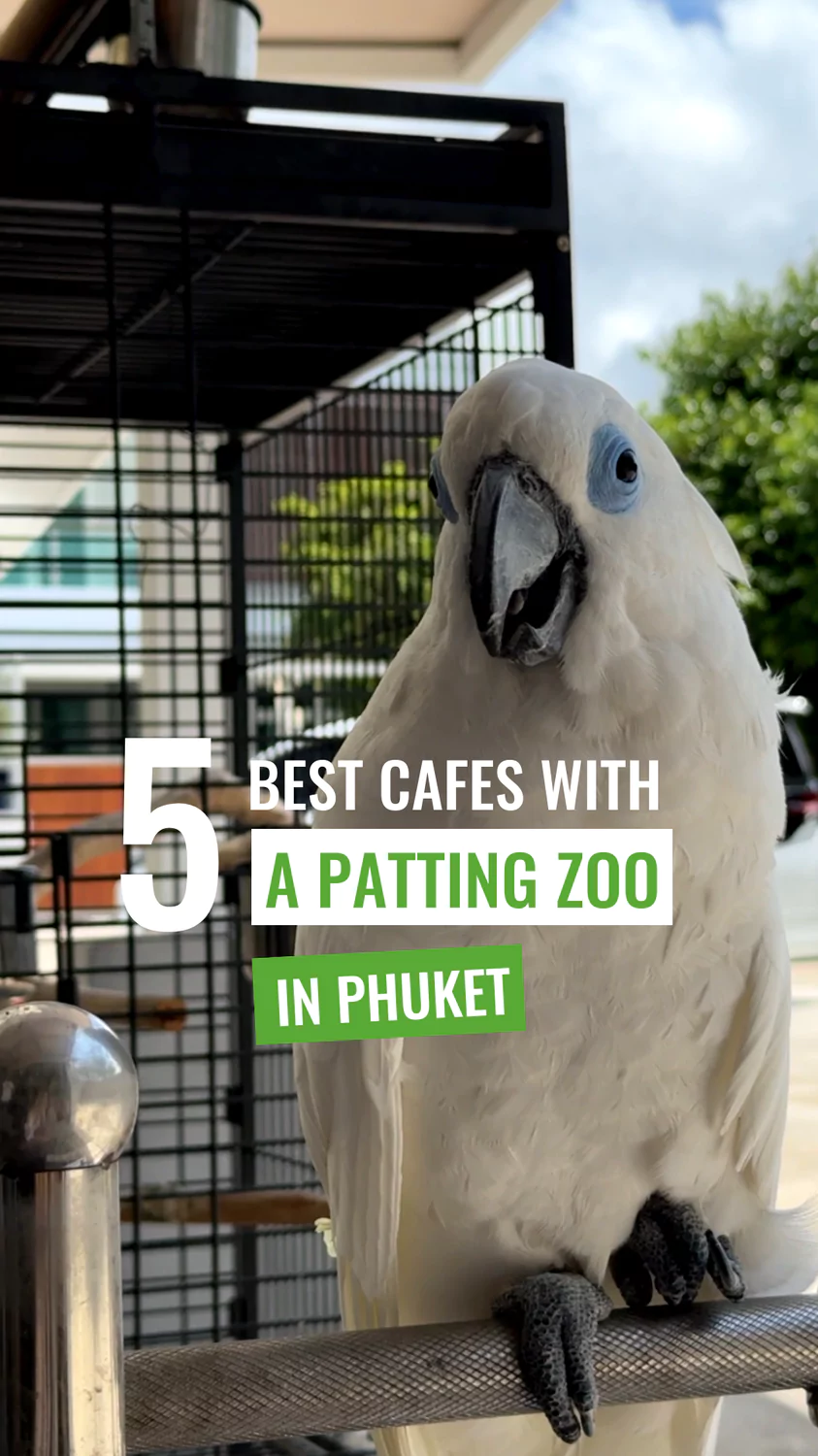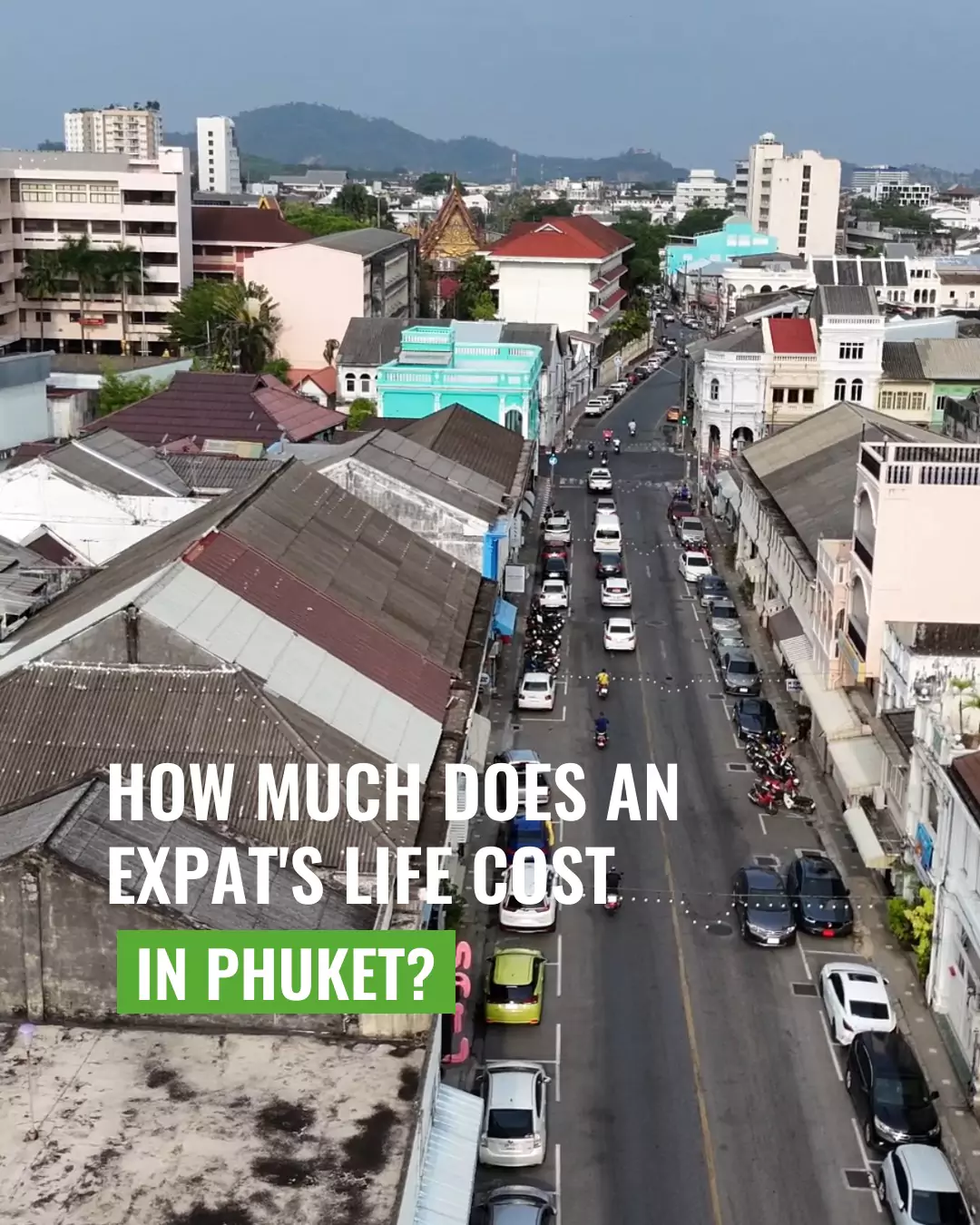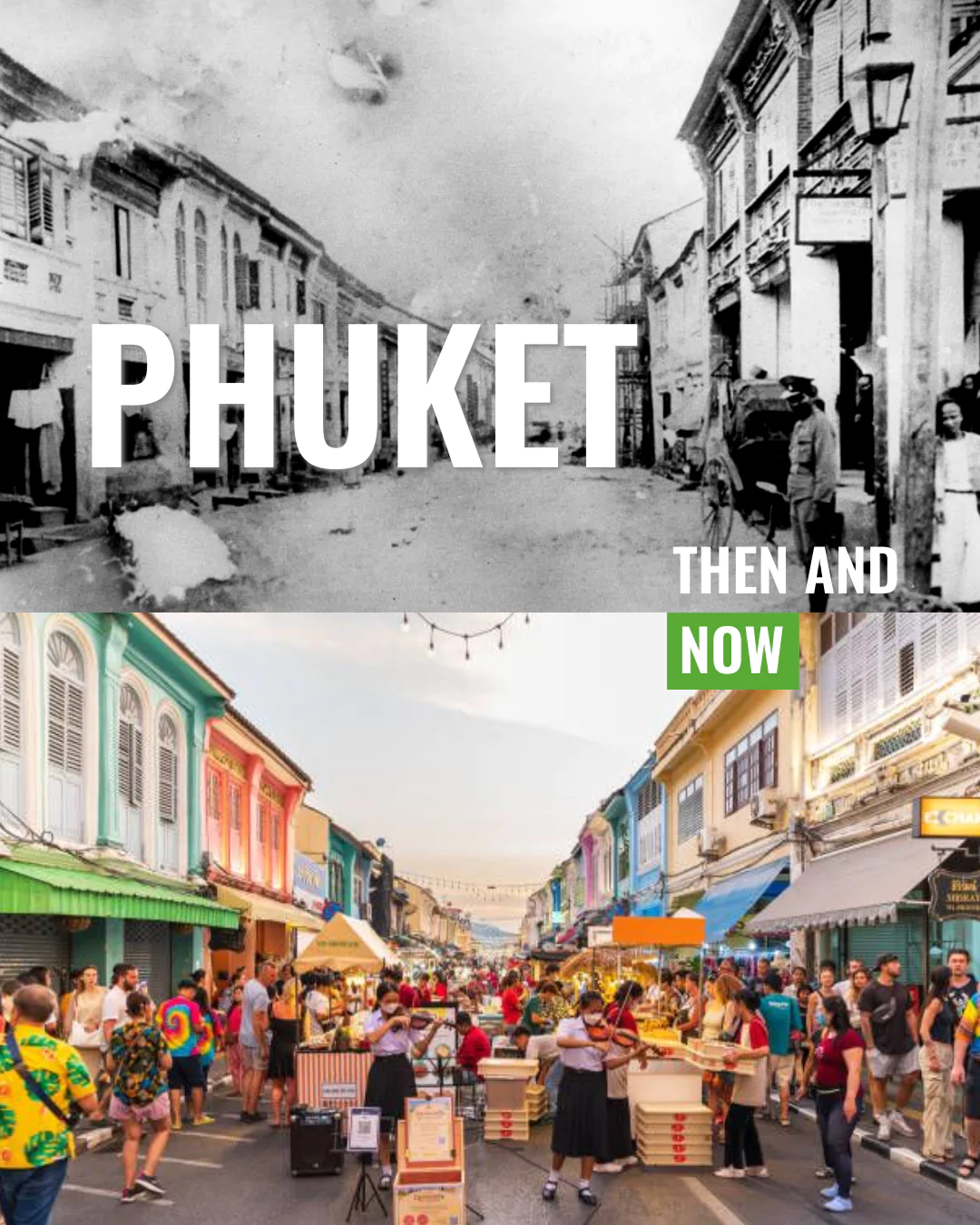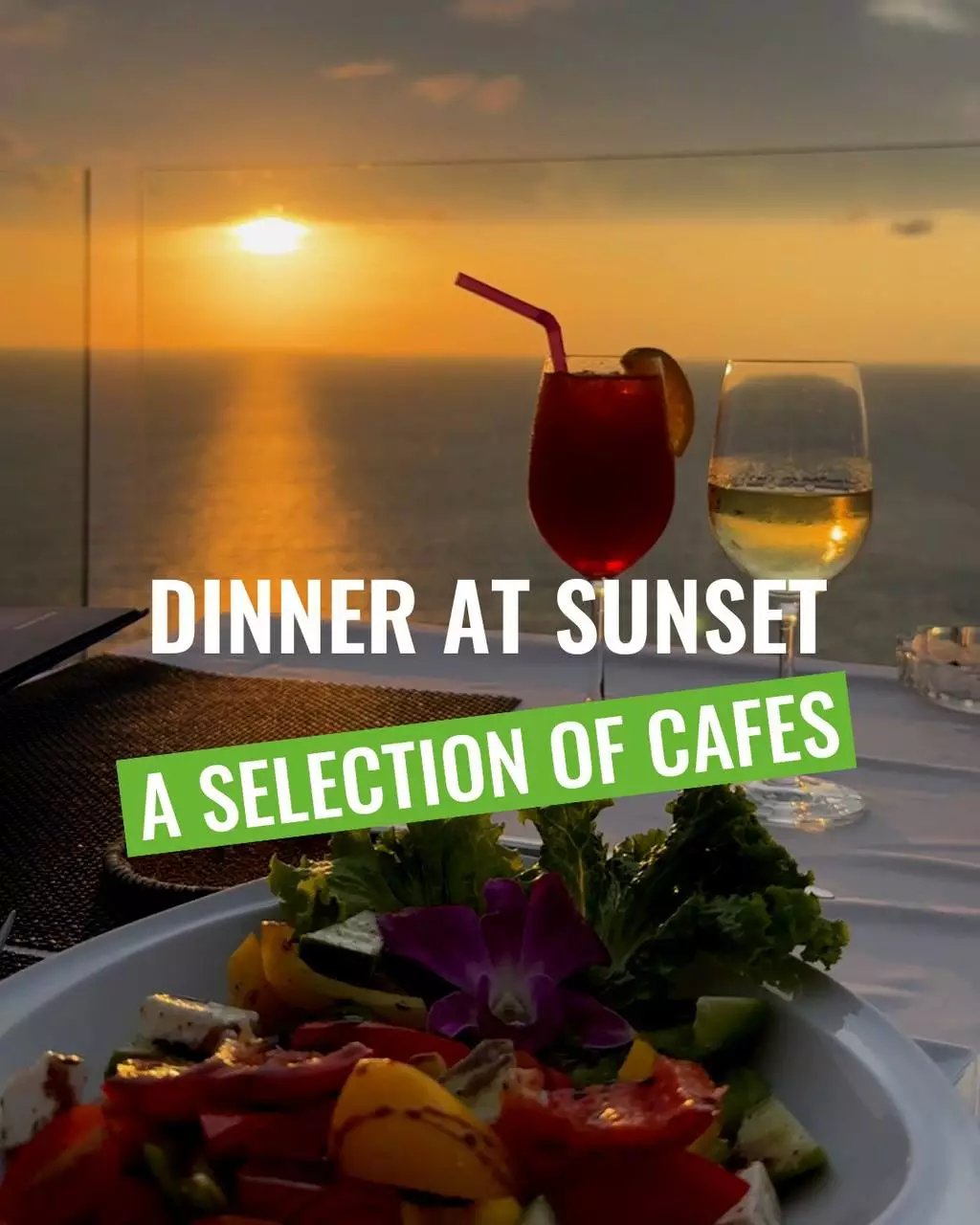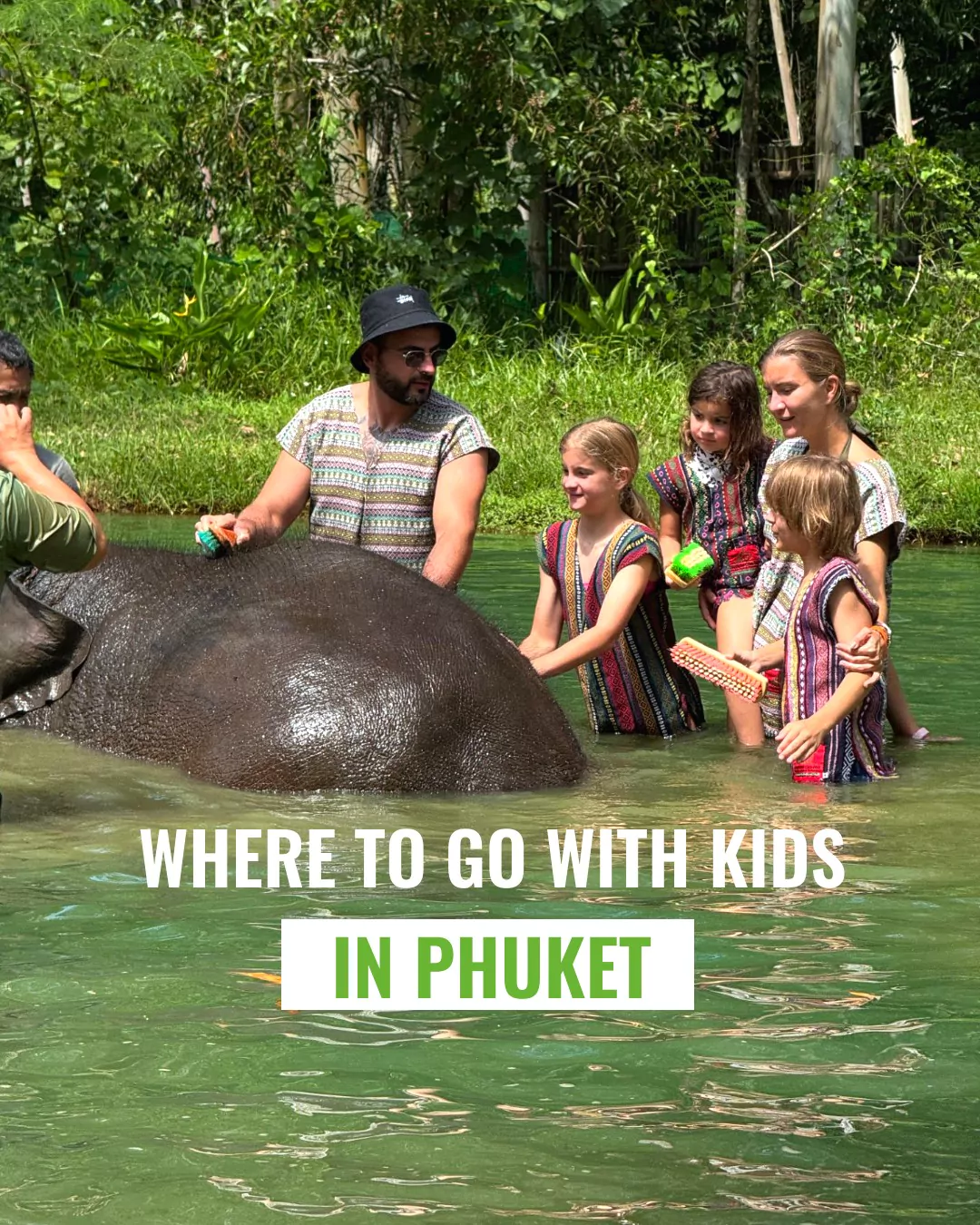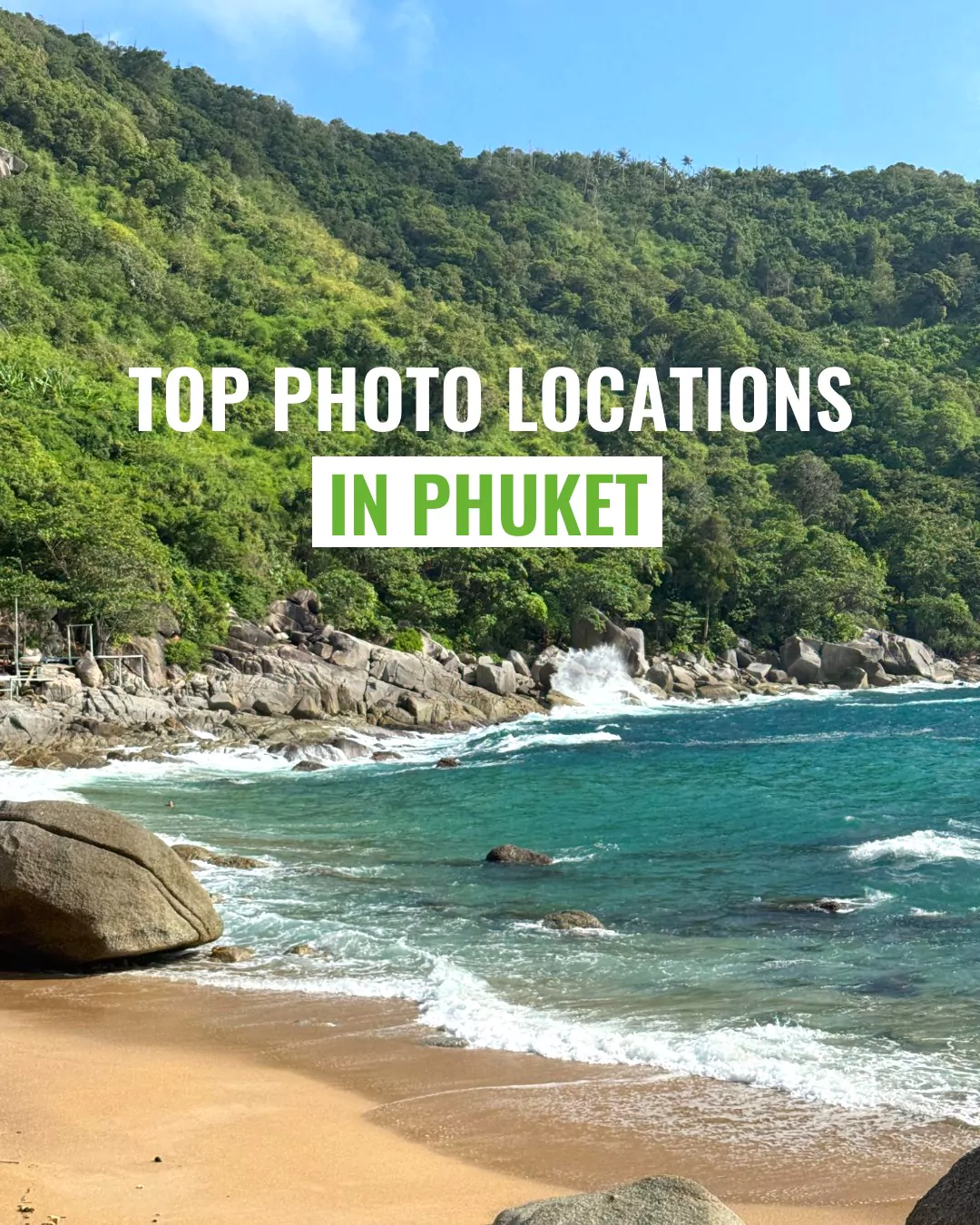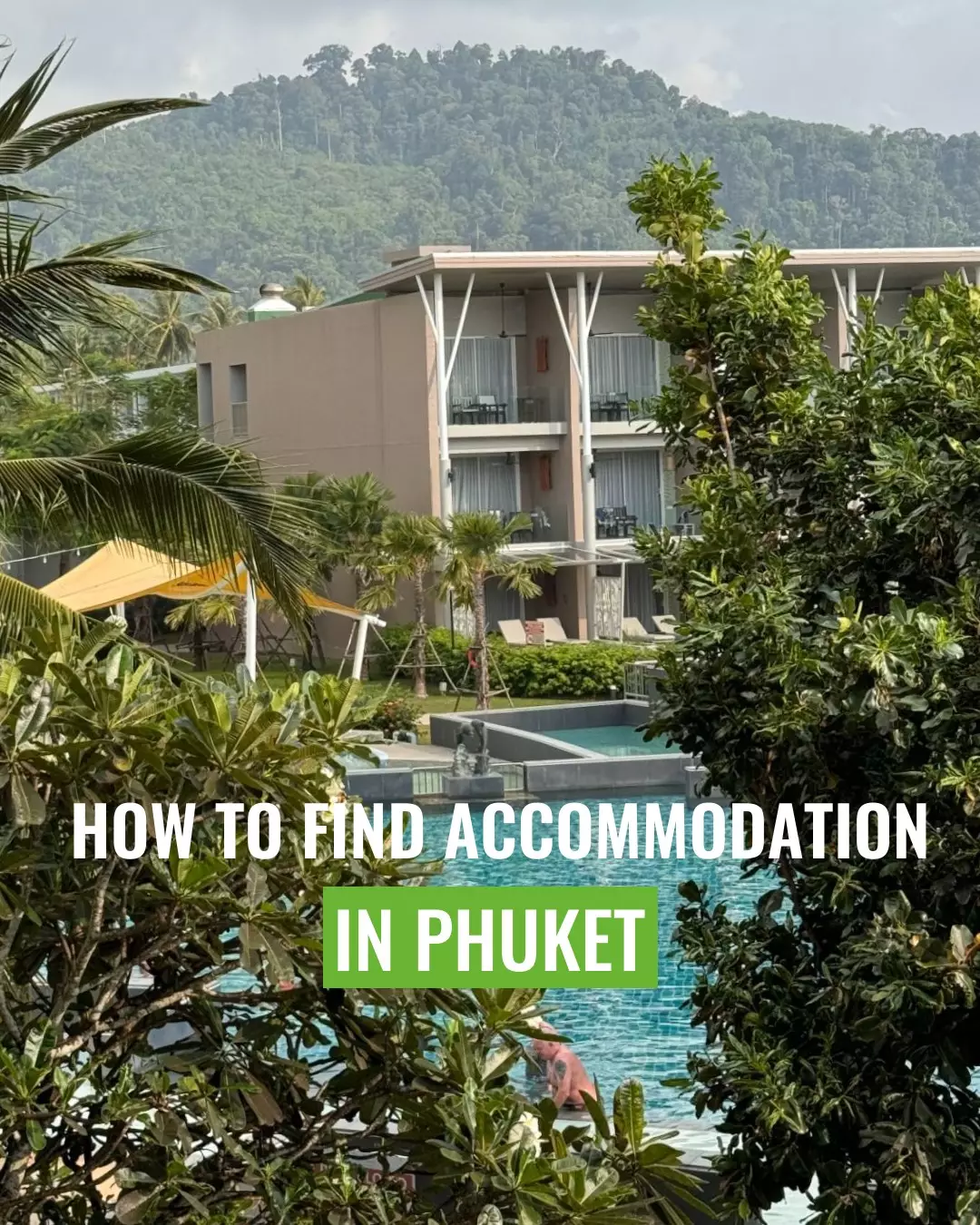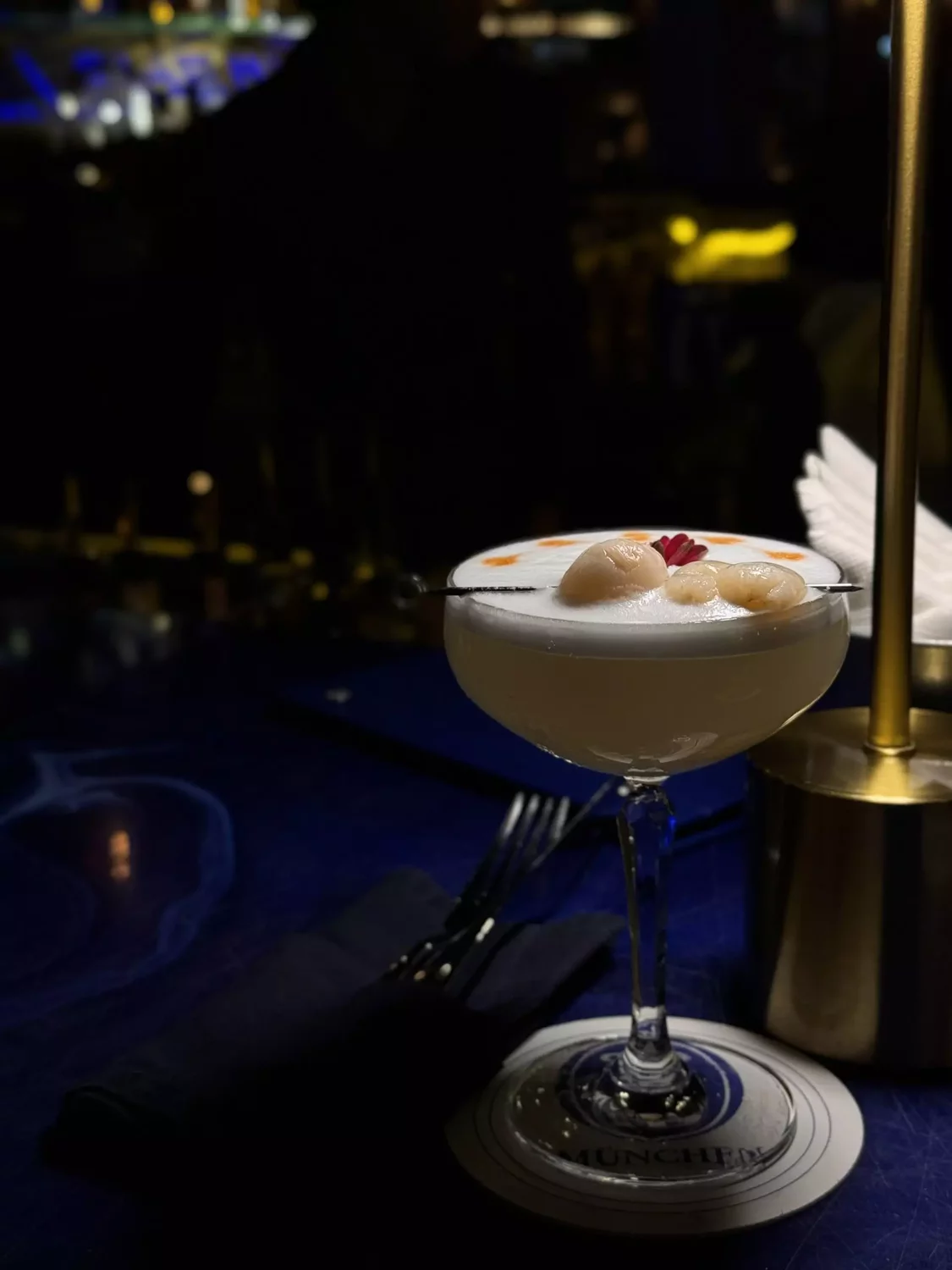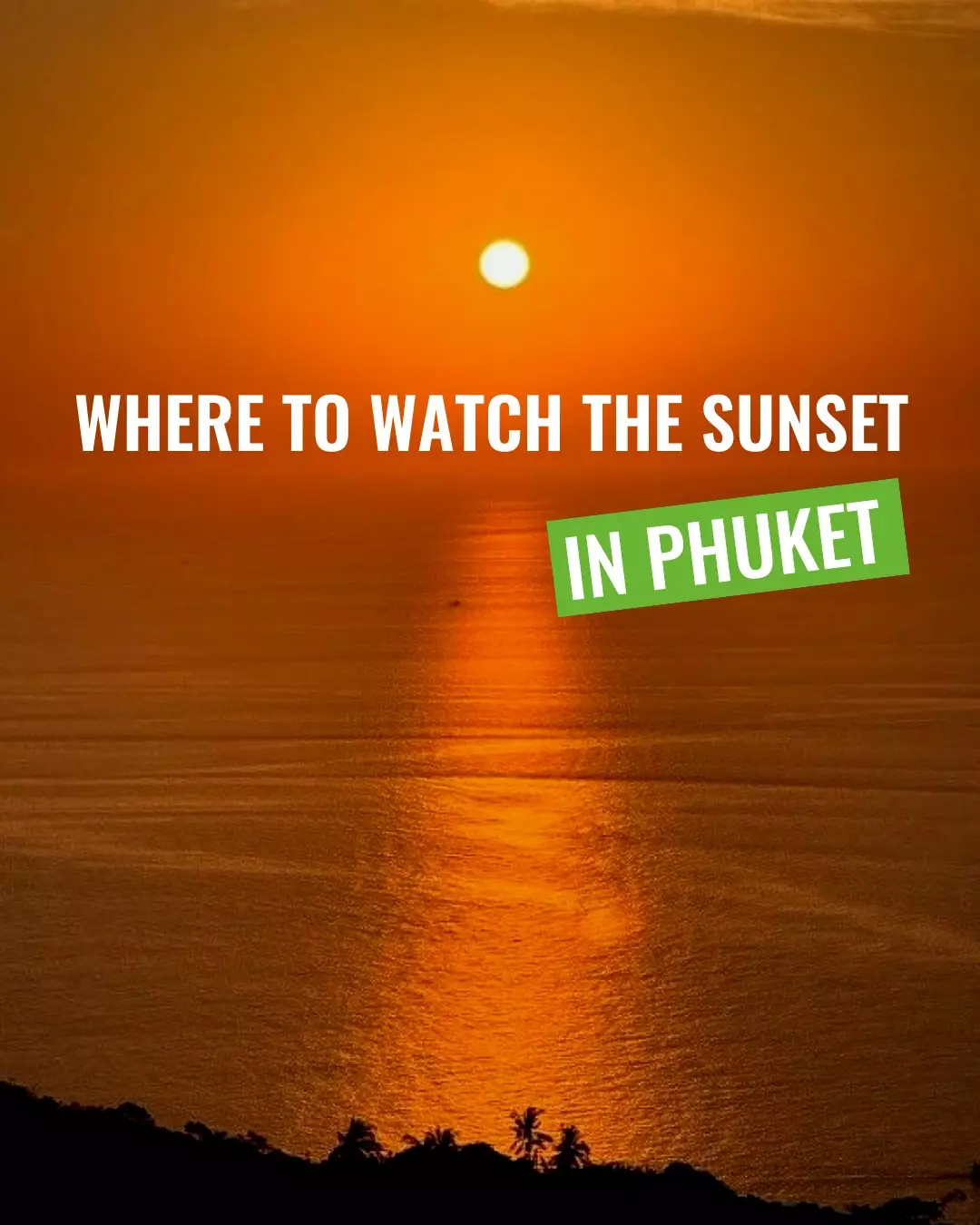From Tin Mines to World-Class Resort: The Transformation of Phuket
Today’s Phuket, with its luxury hotels, pristine beaches, vibrant nightlife, and millions of tourists, is a far cry from what it was just a few decades ago. Once, Phuket was a major industrial hub rather than a popular holiday destination. So how did this economic transformation happen? To understand that, we need to rewind the clock and take a look at the island’s past.
Phuket Before the Tourism Era
Long before the arrival of the first tourists, Phuket already played a significant role in regional history. Located at the crossroads of maritime routes between India and China, the island was known to ancient seafarers under various names. Arab and Indian traders often stopped here on their voyages, and later, Portuguese, Dutch, and British ships used Phuket’s bays to replenish their fresh water supplies.
The island’s native population consisted mainly of fishermen and farmers. Their lives were closely tied to the sea and the jungles that once covered much of the land. The social structure was relatively simple, and the economy was largely based on subsistence.
The Tin Rush
Phuket’s fate changed dramatically when rich tin deposits were discovered on the island. This happened in the second half of the 16th century, with large-scale mining operations peaking in the 19th century.
Tin was a strategically important metal, used in the production of bronze, solder, and for coating iron products to protect them from corrosion. Demand for it was high both in Asia and Europe, especially with the onset of the Industrial Revolution.
The tin mining industry attracted a large number of Chinese immigrants to the island as laborers.
By the early 20th century, the Chinese made up more than half of Phuket’s population and, of course, brought with them their culture, cuisine, and religious practices — all of which became an integral part of the island’s unique identity. It was during this time that Phuket Town emerged as the island’s administrative and commercial center. Mansions in the Sino-Portuguese style were built here, owned by wealthy mine owners and merchants. Many of these buildings have survived to this day and are now popular tourist attractions.
Economy and Society Before Tourism
In the first half of the 20th century, Phuket’s economy relied almost entirely on tin mining and, to a lesser extent, rubber production.
The island’s social structure was quite complex. At the top of the pyramid were the mine and plantation owners, many of whom were second- or third-generation ethnic Chinese. Below them were merchants, government officials, and other middle-class professionals. The majority of the population consisted of tin mine workers, rubber plantation laborers, and fishermen.
The island’s infrastructure was entirely geared toward industrial needs. Roads connected the mines to the port, from where the tin was exported to international markets.
Turning Point: The Decline of the Tin Industry
The 1970s were a time of serious economic hardship for Phuket. Global tin prices began to fall, and easily accessible deposits on the island were running out. In 1985, the global tin market collapsed when the International Tin Council went bankrupt and failed to stabilize prices. By 1992, the last tin mine in Phuket had closed. This led to widespread unemployment across the island.
Phuket found itself at a crossroads. Traditional industries could no longer provide adequate employment or income. A new economic strategy was needed. And so, the idea of using Phuket’s natural beauty to transform it into a tourist destination began to take shape.
The First Steps Toward Tourism
The first tourists started arriving in Phuket in the 1960s. Most were backpackers and hippies, drawn by the island’s untouched beaches, low cost of living, and exotic culture. They stayed in simple bungalows on the beaches of Patong, Karon, and Kata — which were then modest fishing villages, far from the developed resort areas we know today.
Recognizing the potential of tourism as a source of foreign currency and new jobs, the Thai government included the development of the tourism industry in its Third National Economic and Social Development Plan (1972–1976). Phuket was designated as one of the priority zones for tourism development.
A key turning point came with the opening of Phuket International Airport in 1976, which made the island significantly more accessible to international travelers. Prior to that, the only way to reach Phuket was by boat or a small domestic flight. Additionally, the Sarasin Bridge, which connected Phuket to the mainland, was completed in 1967.
Becoming a World-Class Resort
The Tourism Boom of the 1980s and 1990s
Starting in the early 1980s, Phuket’s tourism industry began to grow rapidly. The number of visitors increased quickly, reaching one million by the late 1990s.
The center of tourism development became the island’s west coast. Patong transformed from a quiet village into a bustling tourist hub, filled with hundreds of hotels, restaurants, bars, and nightclubs. The more peaceful beaches of Karon, Kata, and Kamala attracted families and travelers seeking a quieter, more relaxed atmosphere.
The east coast, traditionally home to fishing villages and rubber plantations, was less affected by tourism development. This created a kind of duality on the island: the west side became increasingly cosmopolitan and tourist-oriented, while the east side maintained a more traditional way of life.
Social and Environmental Impacts
Former miners and plantation workers retrained to become hotel staff, tour guides, taxi drivers, and souvenir vendors. Those who were unable to adapt to the new economy were often replaced by migrants from poorer provinces of Thailand and neighboring countries.
Tourism provided higher wages than traditional industries, which led to improved housing, healthcare, and education for the local population. The island’s population grew significantly due to internal migration, as people from across Thailand moved to Phuket in search of jobs in the tourism sector.
Of course, not everything was smooth. The island experienced several major crises that impacted the economy. The most devastating was the 2004 tsunami, when giant waves triggered by an undersea earthquake in the Indian Ocean struck Phuket’s west coast. Thousands of people lost their lives, and many homes and hotels were destroyed. However, the island recovered relatively quickly, and much of the damage was rebuilt.
The COVID-19 pandemic also dealt a heavy blow to Phuket’s economy, especially to its main industry — tourism. When Thailand closed its borders in 2020, the flow of international tourists virtually came to a halt, and Phuket — which had welcomed millions of visitors annually — plunged into a deep crisis.
Many hotels couldn’t withstand the financial losses and were forced to shut down, along with cafés, travel agencies, and shops. Thousands of people, particularly in the service sector, were left without income. Fortunately, tourism gradually recovered, and after the end of the COVID pause in 2022, Phuket became a flagship for Thailand’s tourism revival.
Modern Phuket
Today, Phuket is known as one of the most popular resort destinations in Southeast Asia. On average — depending on the season — the island has a resident population of around 1 to 1.2 million people, and over 5 million visitors come each year.
Phuket offers it all: from five-star hotels of international chains to budget guesthouses and hostels, theme parks, museums, cultural institutions, and excursions to neighboring islands. We’re always happy to share everything about this island to help you fall in love with Phuket and see it from every angle!
Discover the best places to visit on our website.

